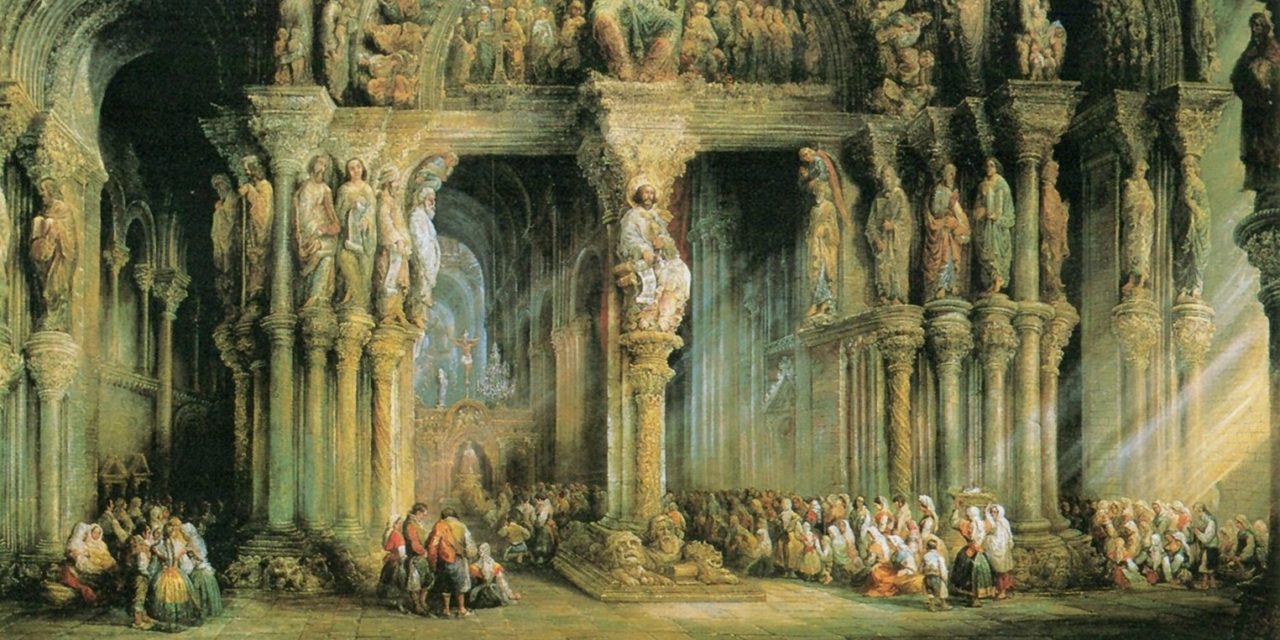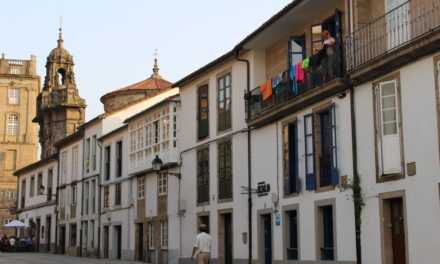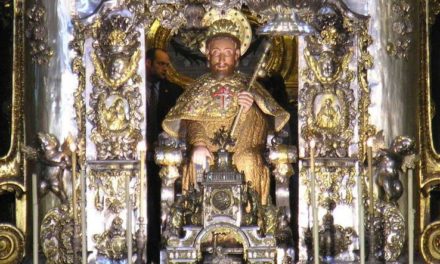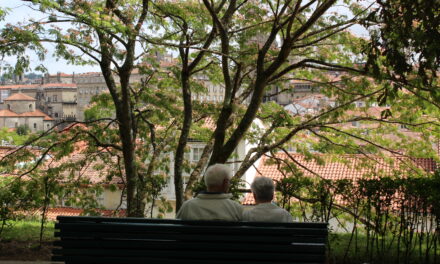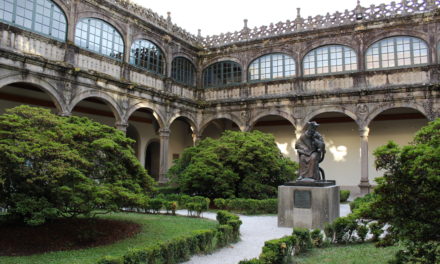Over the centuries and, in particular, in recent years with the new awareness of protecting heritage, many of the rituals that pilgrims performed in the Cathedral of Santiago have been lost or have had to change, today we are going to remember some of them.
Among the rituals that have disappeared, one of the most ancient would be that of keeping vigil beside the Apostle during the night, a ritual linked to the fact that many pilgrims had no other place to go or sleep than the cathedral itself. Until the sixteenth century the cathedral remained open all day and all night, accommodating many pilgrims in the galleries of the trifolios and other areas of the church, which allowed them to take turns praying and guarding the tomb of the Apostle.
Among the pilgrims who guarded the Apostle some nights is a celebrated Spanish queen: Isabella the Catholic. The Queen of Castile traveled to Santiago with her husband and, according to legend, spent whole days and nights praying and asking the Apostle for help in reconquering Granada. For this reason, after the fall of Granada the Catholic Kings decided to found a hospital for pilgrims, as a gesture of thanks that their prayers had been heard. The great Royal Hospital of Santiago was thus created, right next to the cathedral; so that, not having to accommodate the pilgrims any more, it began to close its doors during the night.
Among the rituals that remained until very recent times are those related to the Portico de la Gloria. Among these rituals, which have now been discontinued, was that of posing one’s hand on its central column or mullion with the reproduction of the Tree of Jesse (the genealogical tree of Christ) and also that of resting one’s head against or embracing a sculpture on the Porch known as “Santo dos Croques” ( the Saint of the Embraces). This figure is placed behind the Portico so that it cannot be seen, which gave rise to the legend that it could be a representation of its creator, Master Mateo, who wished to bequeath his image to posterity- something which no artist would have been permitted to do after signing his work. This was perhaps the reason why it was obscured from view : in order to punish the sculptor for his vanity.
The various traditions associated with the Portico de la Gloria were so numerous that eventually the columns and sculptures became badly damaged, with their reliefs quite worn away by the contact of hundreds of thousands of pilgrims. It was for this reason that the rituals had to be banned and protective metal barriers put up, so as to prevent them from further harm. But which should be given priority-the performance of ancient rites or the protection of historical monuments? This is a debate that has begun in recent years and, we believe, will re-open when the restoration work on the Portico de la Gloria is finished.

